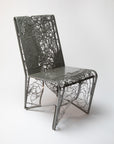
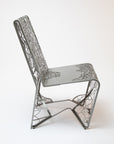
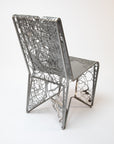
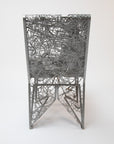
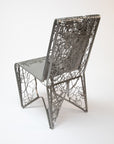
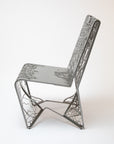
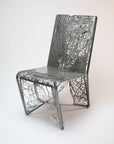
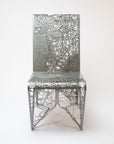
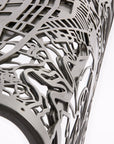

Aluminum Chair, Hong Kong - Prototype (Grey Aluminium)
This is a one-of-a-kind early prototype. Prototypes are sold as-is and have imperfections from testing and display. They are not guaranteed to withstand regular use and are sold to be displayed as art.
This Aluminum Chair prototype features four maps showcasing how Hong Kong has evolved over the past 180+ years. This prototype is finished in Grey Aluminium.
Material: Aluminum
Dimensions: 25¼in L x 18in W x 36¾in H
Weight: 18.5lbs
Color: Grey Aluminium
Map Scale: 1in = 500ft
Prototypes are one-of-a-kind pieces that were handcrafted during our earliest days of design development. They are truly unique, fine art objects that can be shipped to your desired location upon ordering. Your lead time will be determined upon finalizing logistics.
Made From Four Layers of Historical Maps
OCCUPYING OVER 180 YEARS OF HONG KONG HISTORY
Top Layer
2023
Hong Kong is a global financial hub, navigating economic shifts and geopolitical changes.
Government policies focus on maintaining international financial leadership while integrating with China’s Greater Bay Area. Urban expansion projects, including the Northern Metropolis, reshape the city’s landscape. Political and regulatory changes alter civic life, affecting media, academia, and social freedoms. Despite challenges, Hong Kong’s cultural vibrancy persists through its arts scene, festivals, and international business presence. Economic competition from mainland cities intensifies, but Hong Kong retains its strategic importance.
The balance between its colonial past and modern Chinese governance continues to evolve.
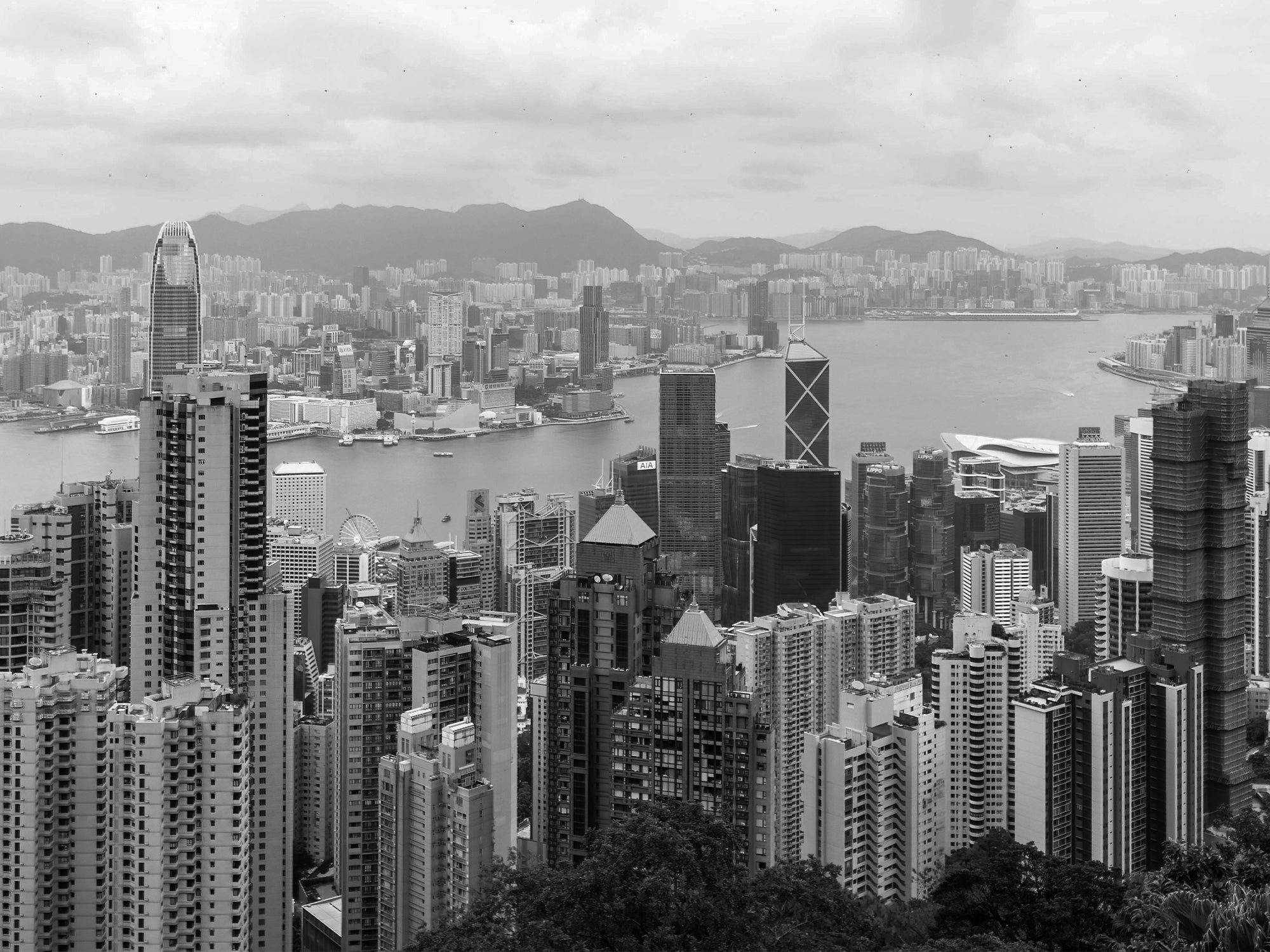
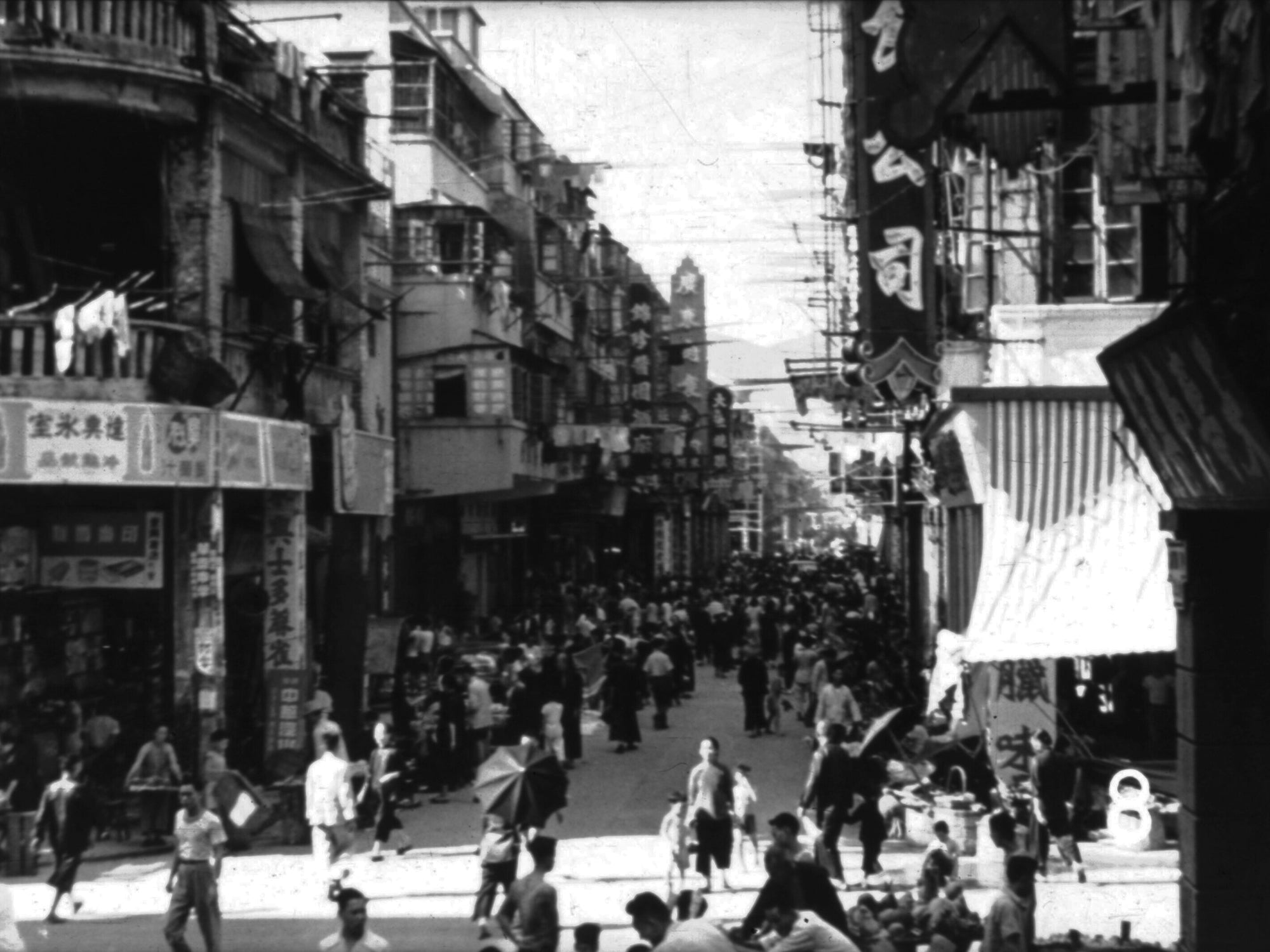
Second Layer
1957
Hong Kong rapidly industrializes as the colonial government reforms infrastructure and public services, shifting from a trade hub to an industrial center—the first of the Four Asian Tigers to do so.
Factories producing textiles, electronics, and plastics drive economic growth, attracting investment and labor. Waves of refugees from mainland China fuel population growth, prompting large-scale housing and infrastructure projects. The government expands public health, education, and transportation to support urbanization.
Despite Cold War tensions, Hong Kong remains politically stable and economically resilient, accelerating its rise as a major East Asian economic force and setting the stage for future global influence.
Third Layer
1911
The establishment of the University of Hong Kong signals a push toward Western-style education and professional development.
Hong Kong remains a crucial trading port under British rule, acting as a gateway between China and global markets. The city’s economy thrives on commerce, shipping, and finance, attracting a growing population. Meanwhile, China experiences political upheaval as the Qing Dynasty collapses and the Republic of China emerges. Though politically stable, Hong Kong feels the indirect impact of regional instability.
The city’s role as an intellectual and commercial center continues expanding, strengthening its influence in the region.
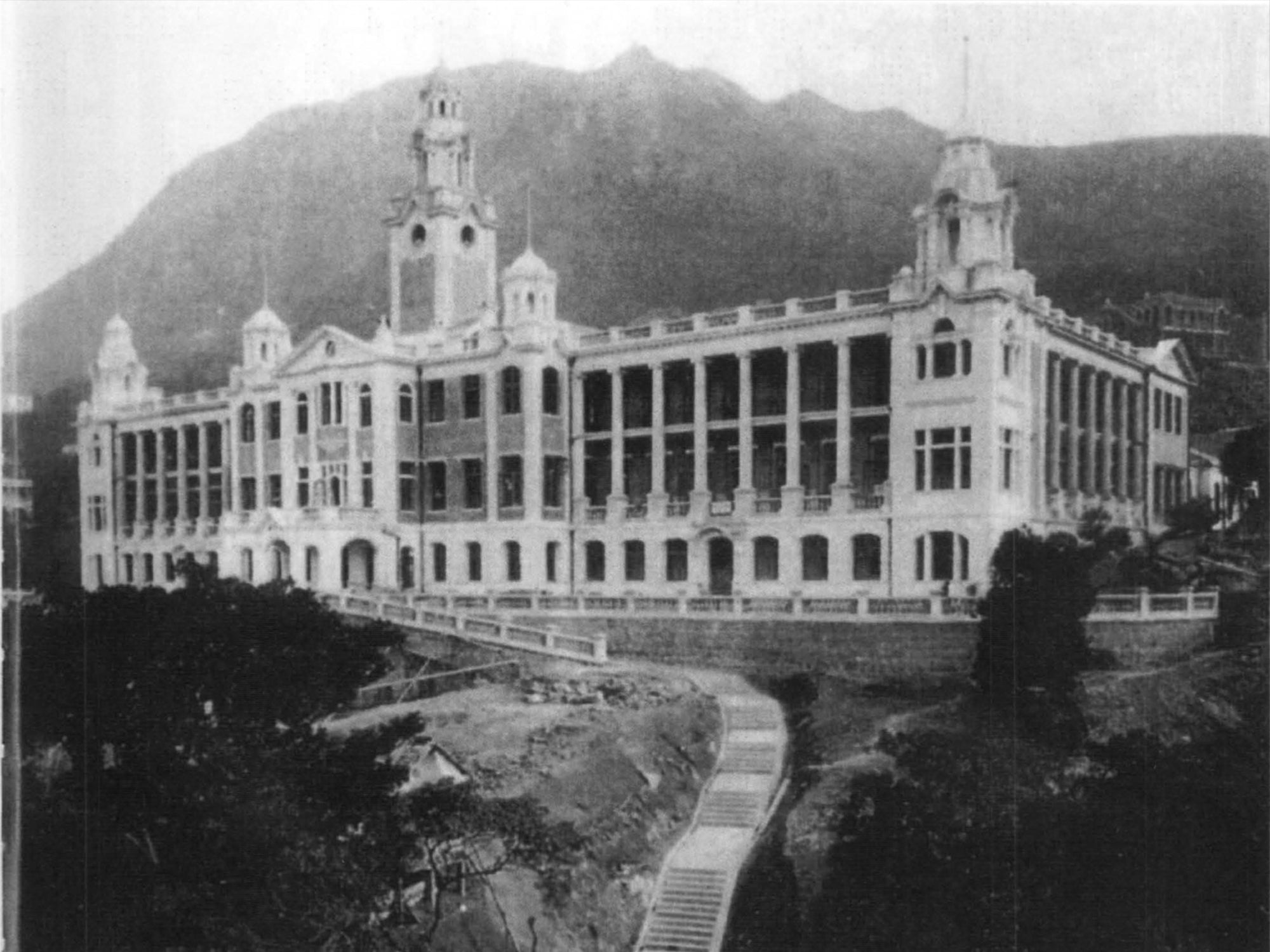
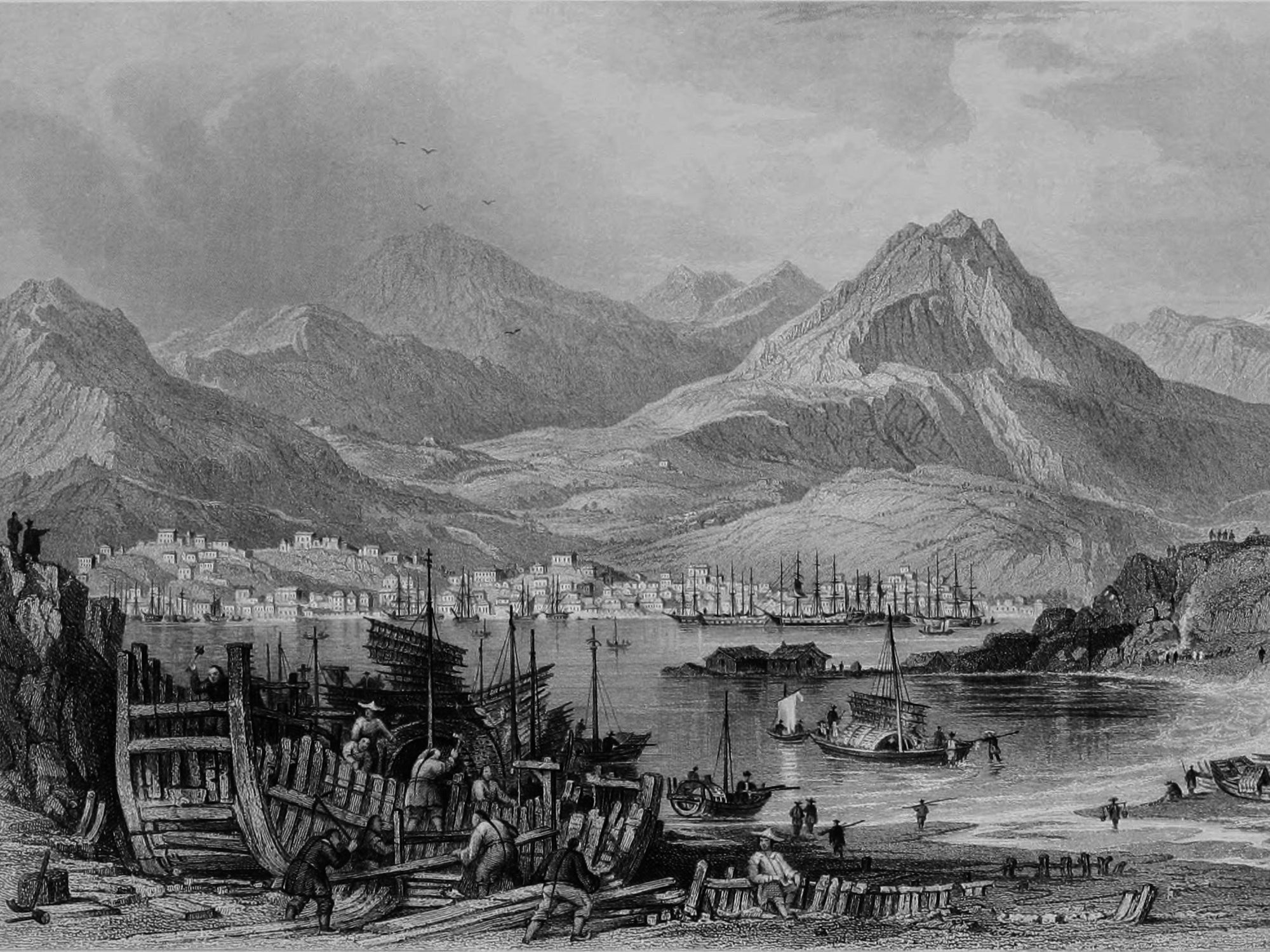
Bottom Layer
1842
The Treaty of Nanjing forces China to cede Hong Kong Island to Britain, marking the start of colonial rule.
A small fishing village and trading outpost, Hong Kong’s deep natural harbor makes it strategically valuable for British maritime trade. The British establish a colonial administration, introducing Western legal and governance systems. Merchants, laborers, and traders, mainly from southern China, begin shaping the city’s economy. Opium trade plays a major role in early commerce, linking Hong Kong to broader regional markets.
The transition from a remote settlement to a vital trading hub begins, setting the stage for rapid growth.
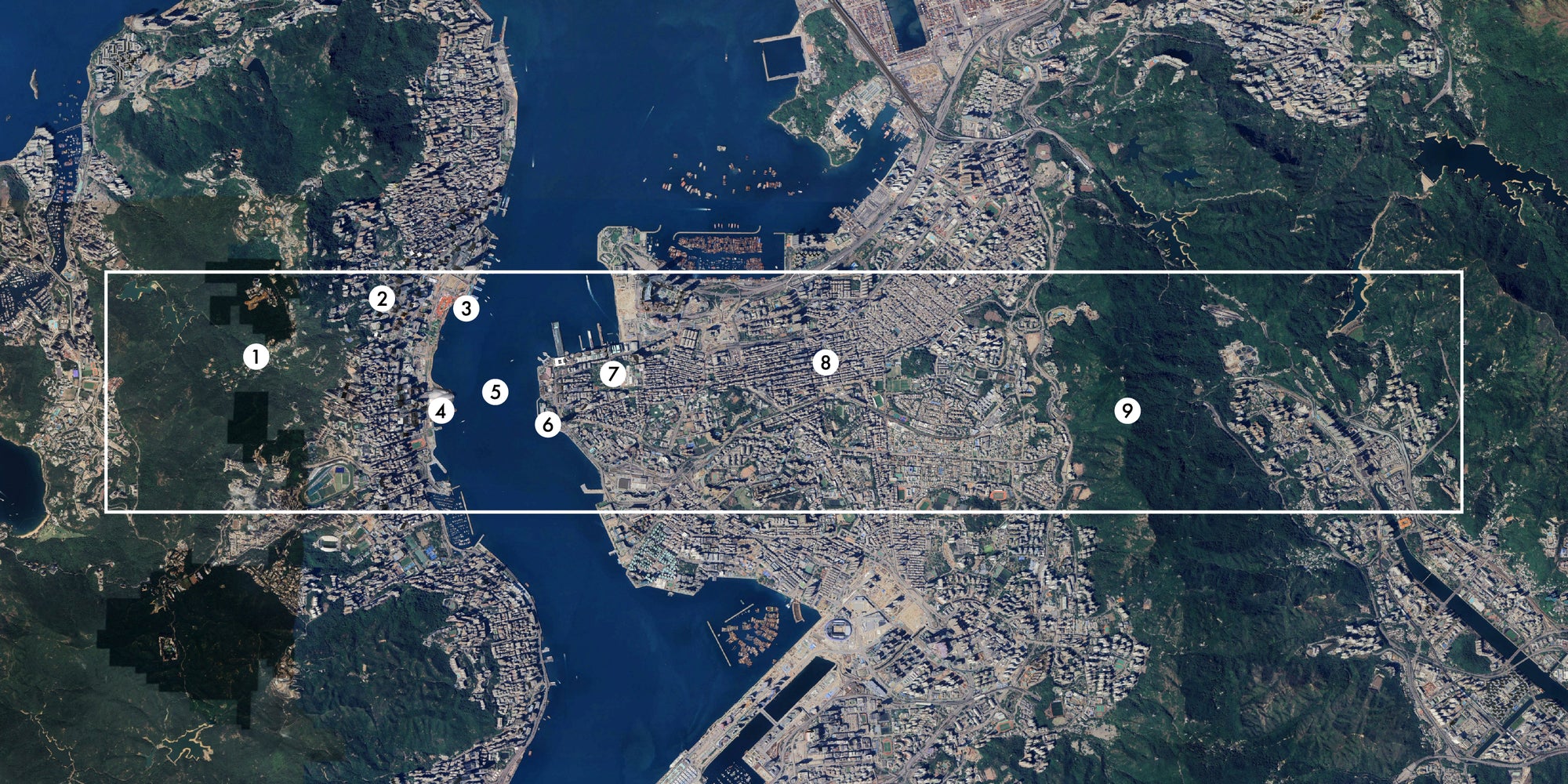
MAP LOCATION
1. Mount Cameron
2. Hong Kong Park
3. Hong Kong Observation Wheel
4. Hong Kong Convention Center
5. Victoria Harbour
6. Avenue of the Stars
7. Kowloon Park
8. Mong Kok
9. Beacon Hill













